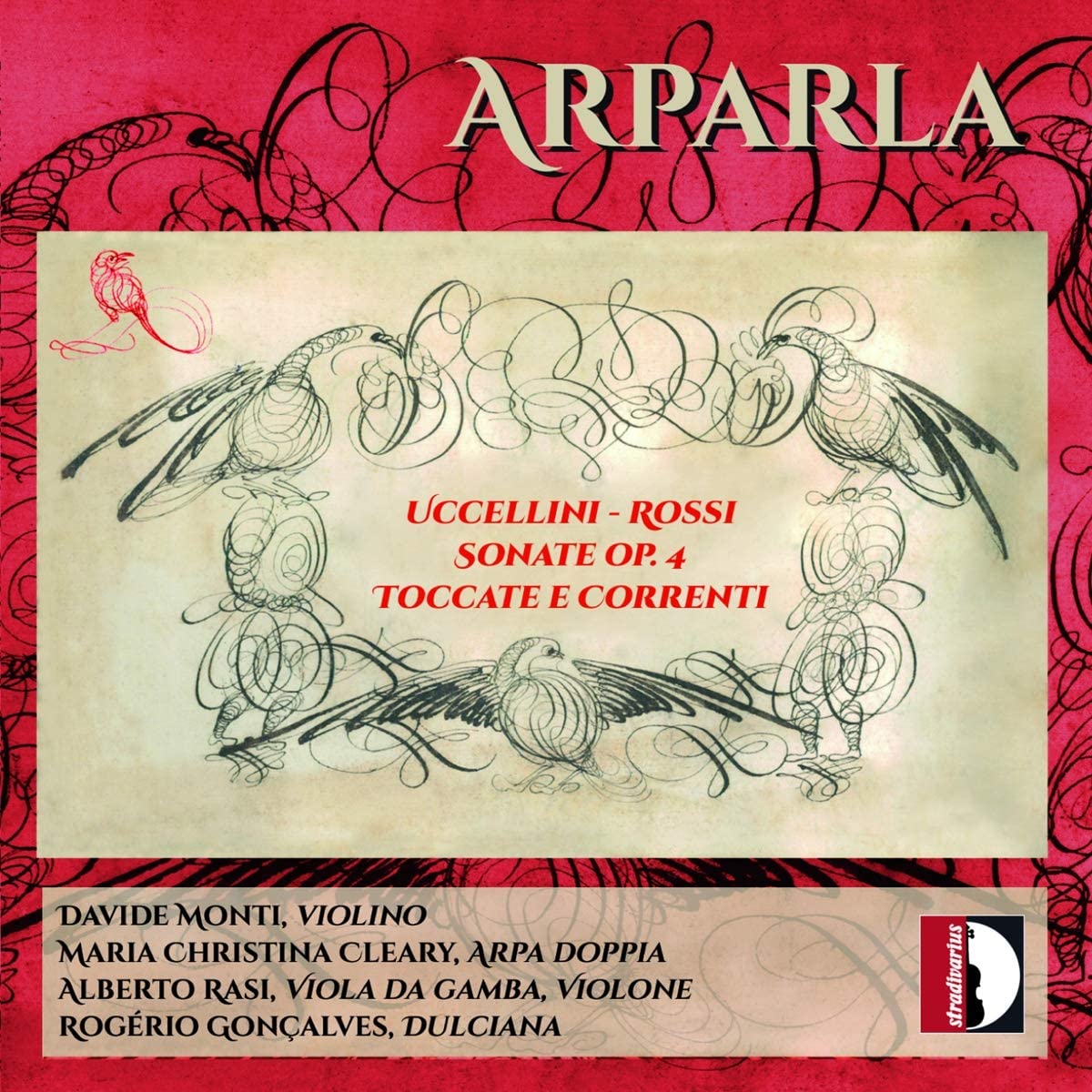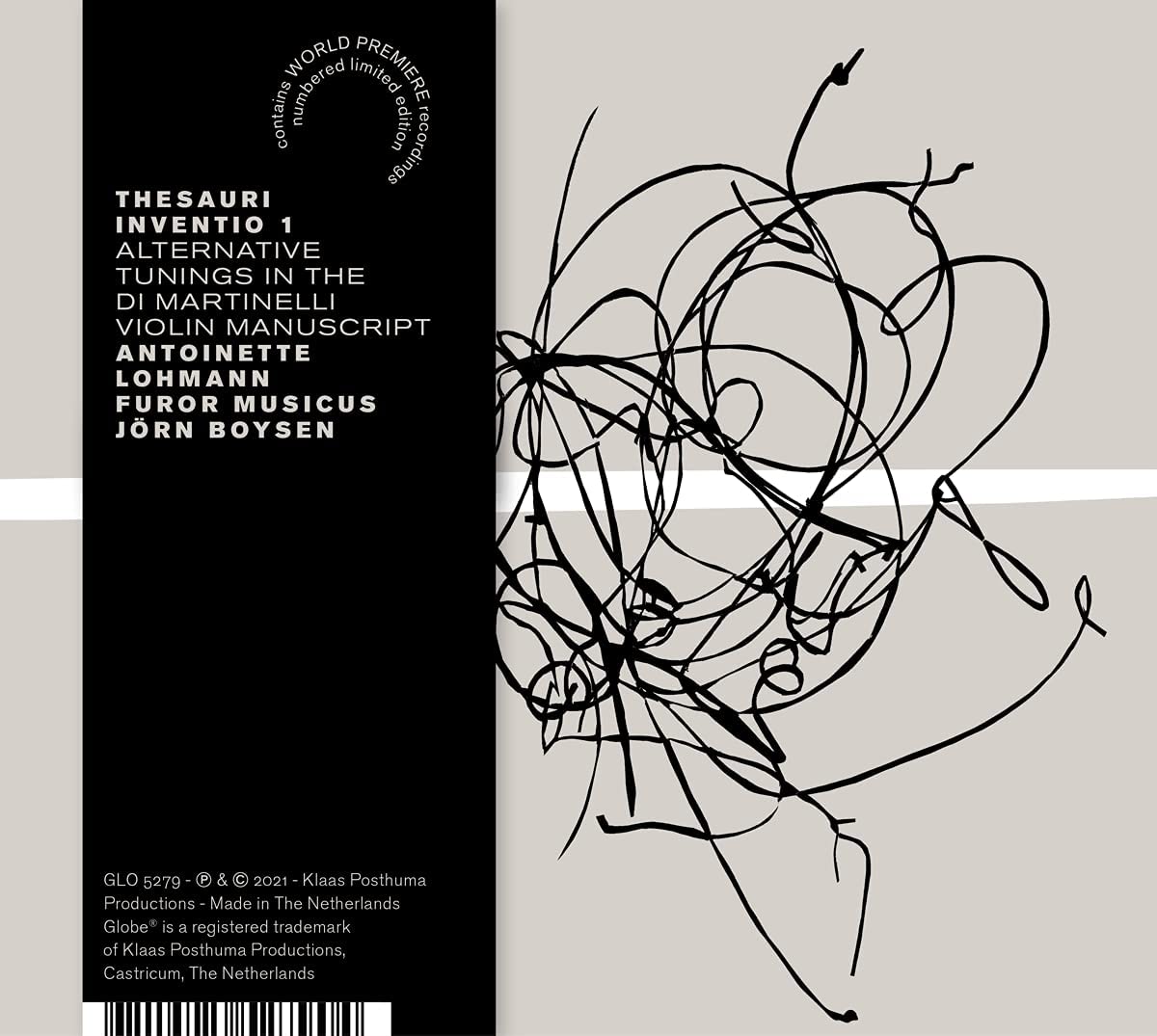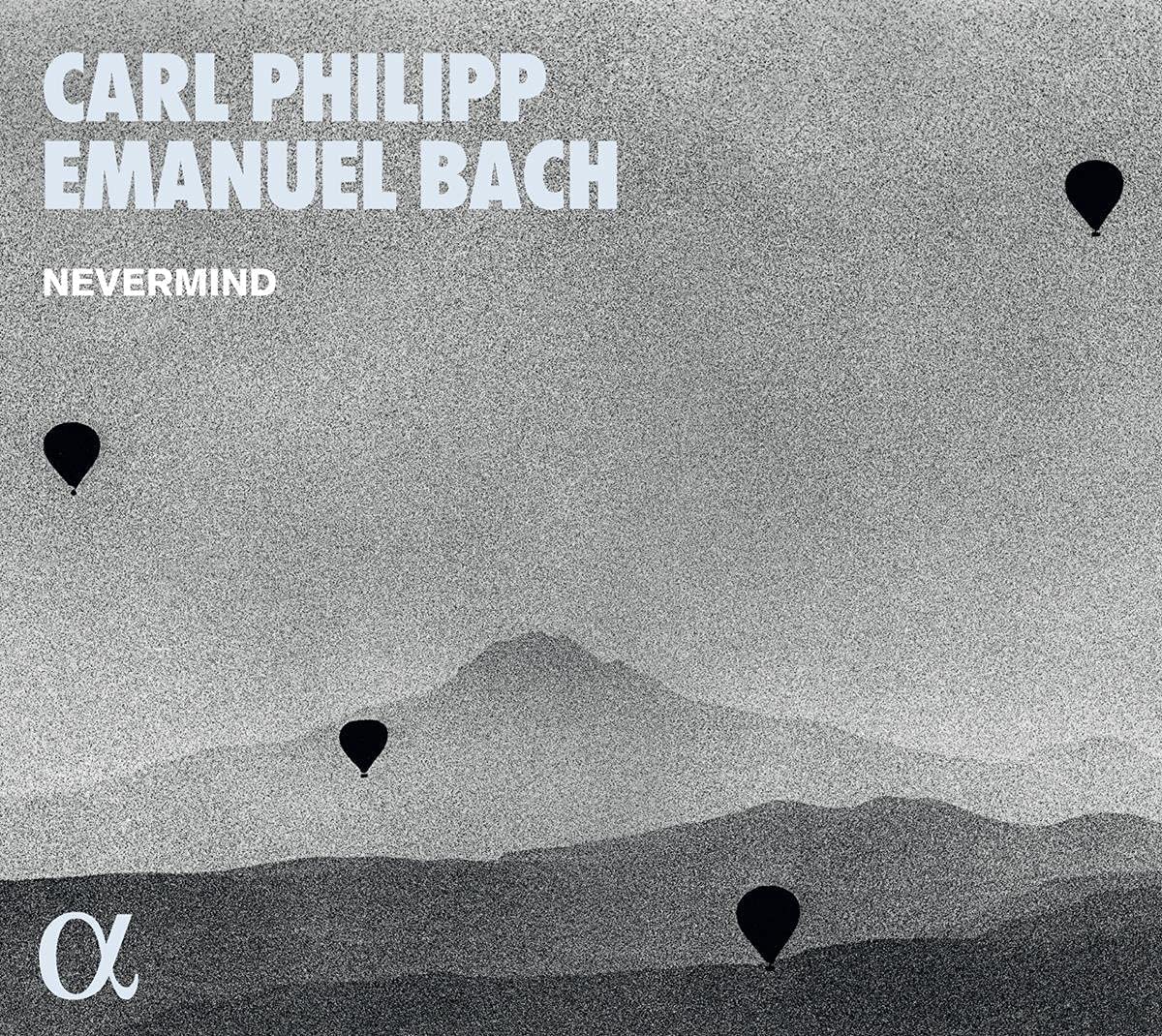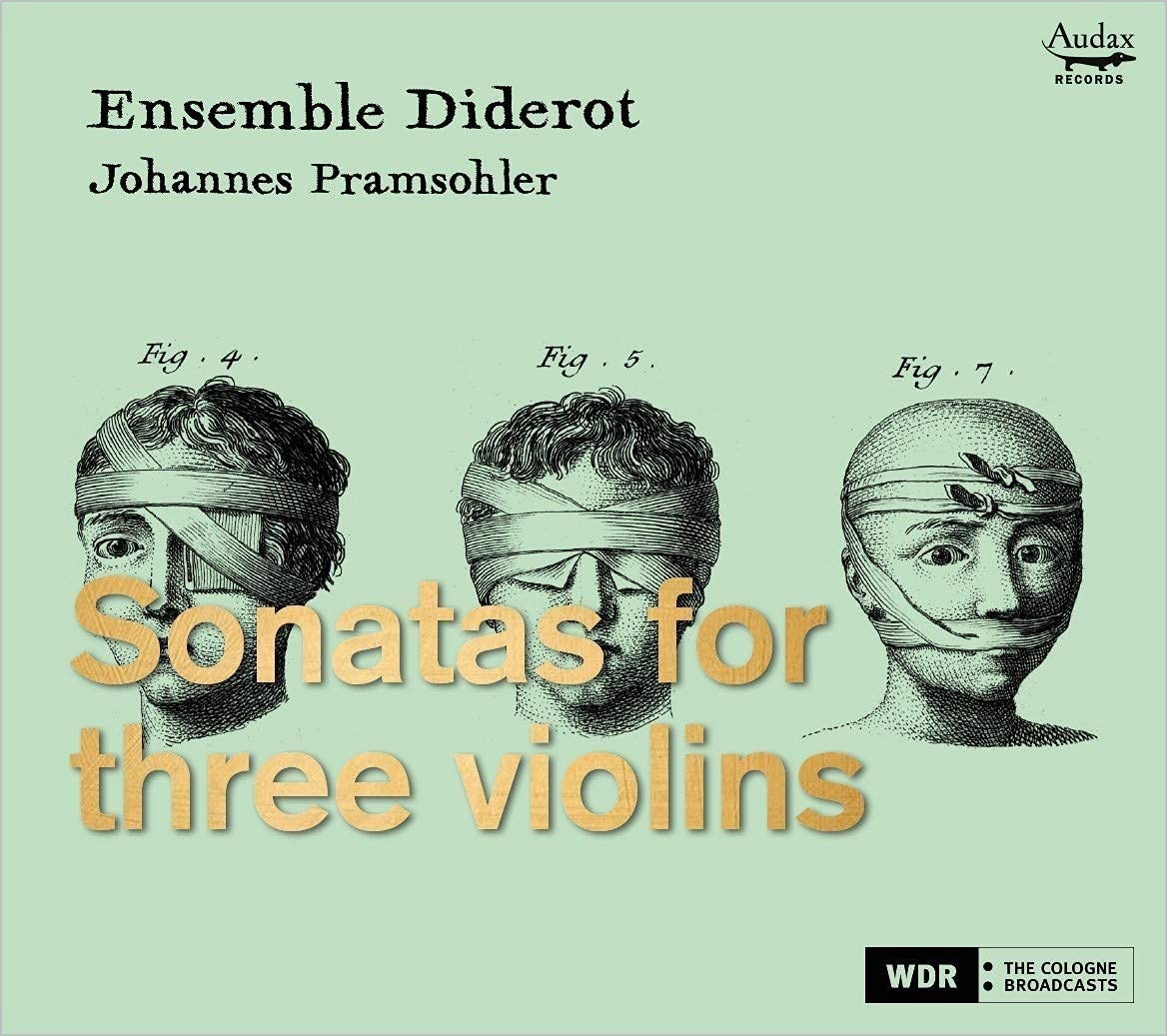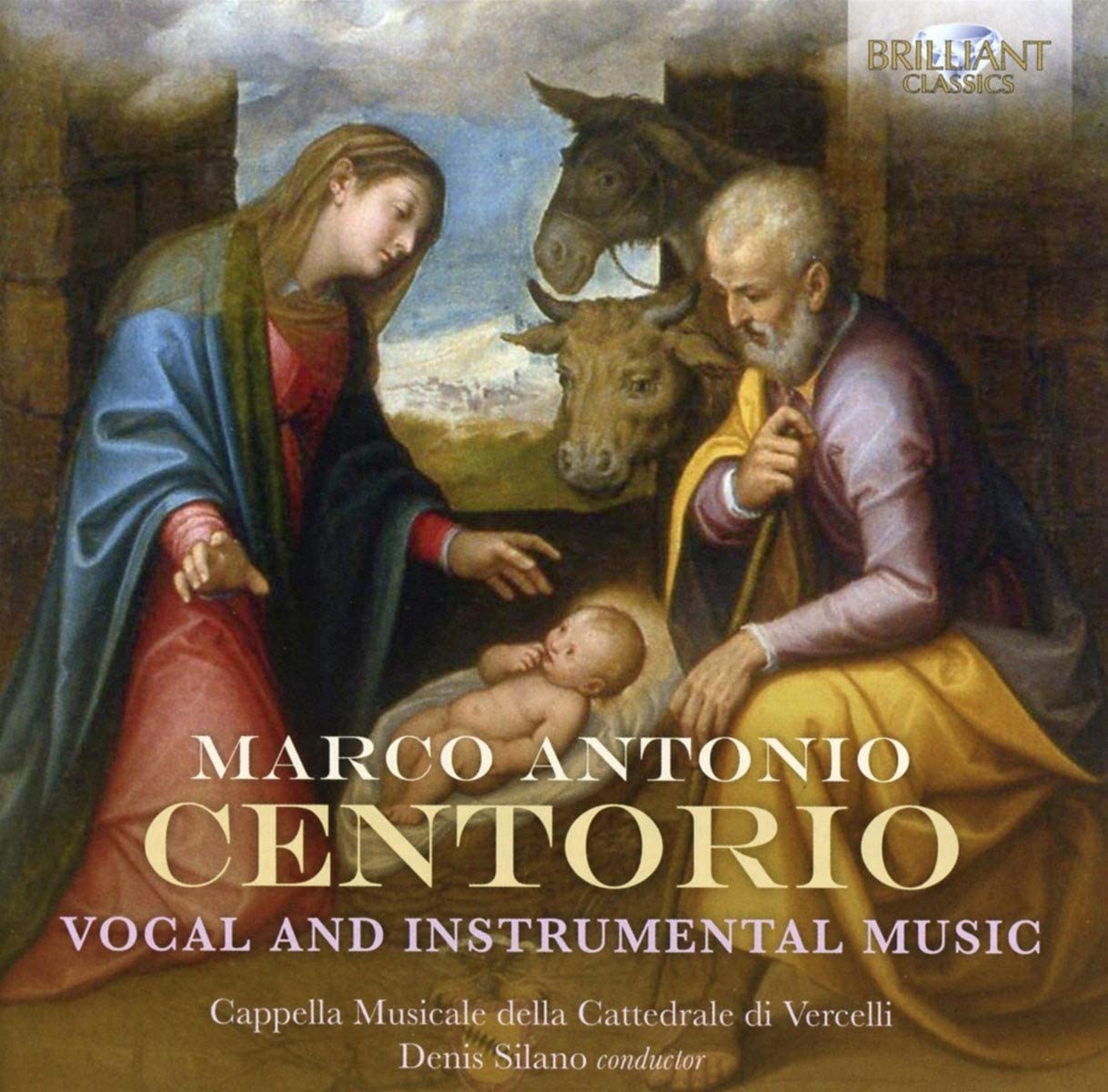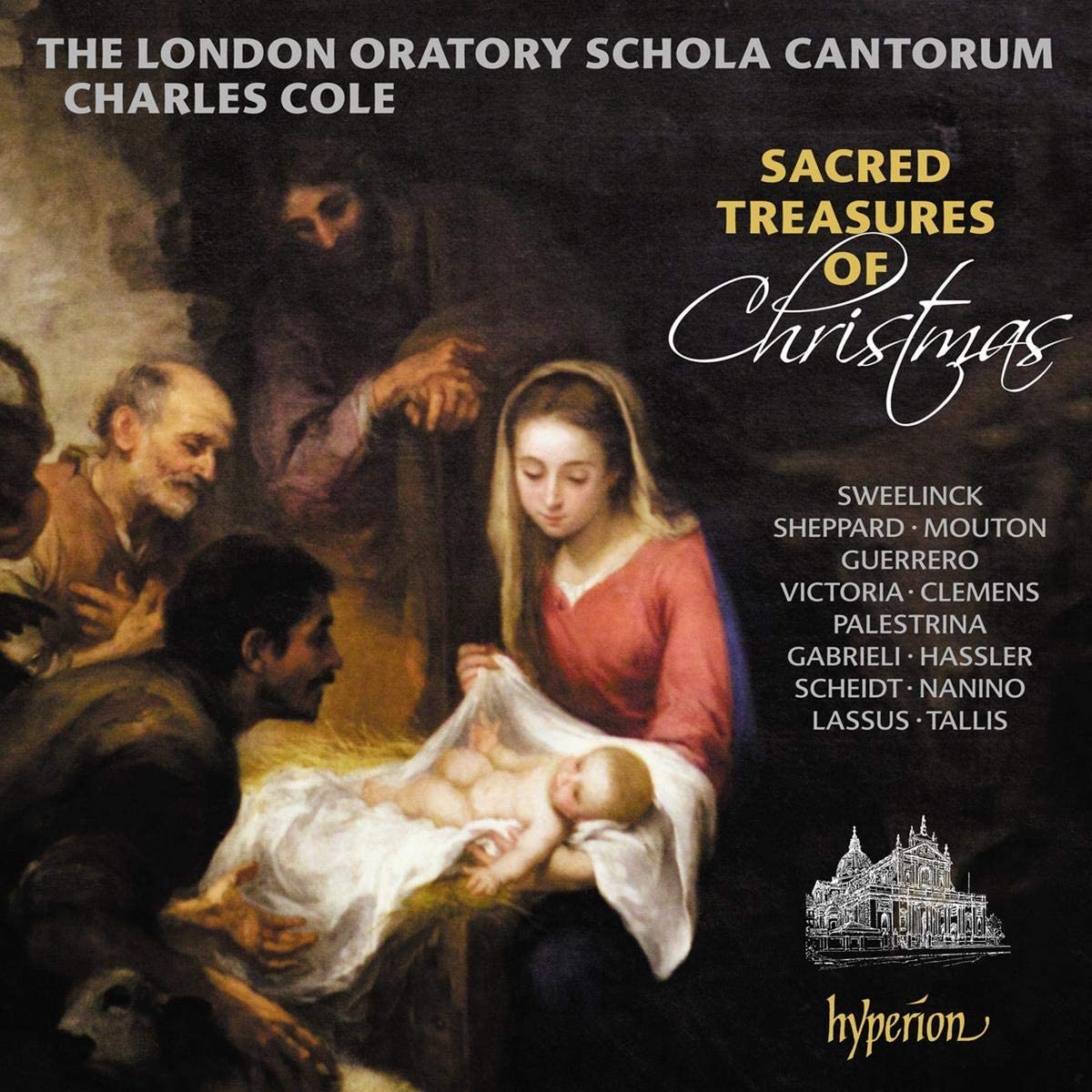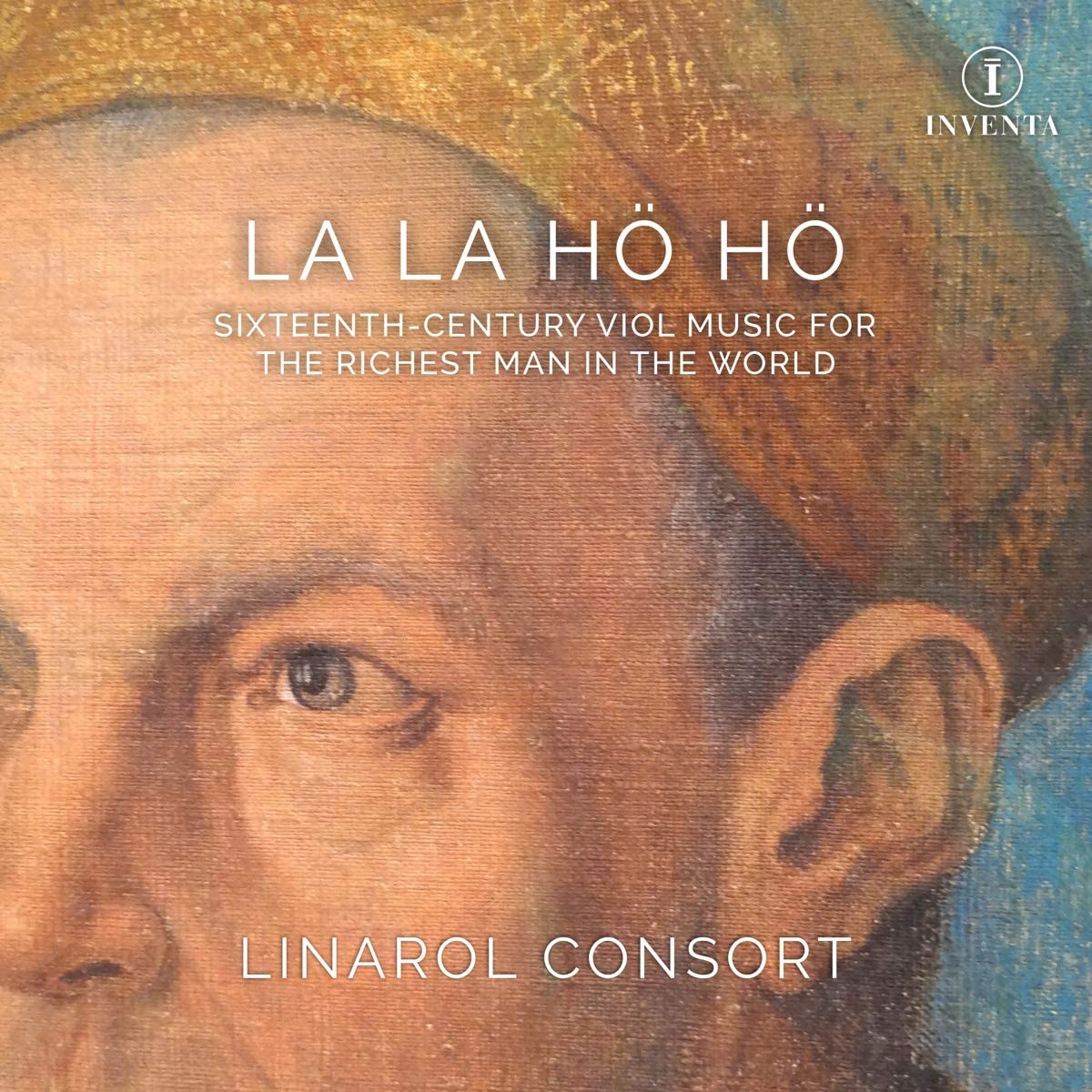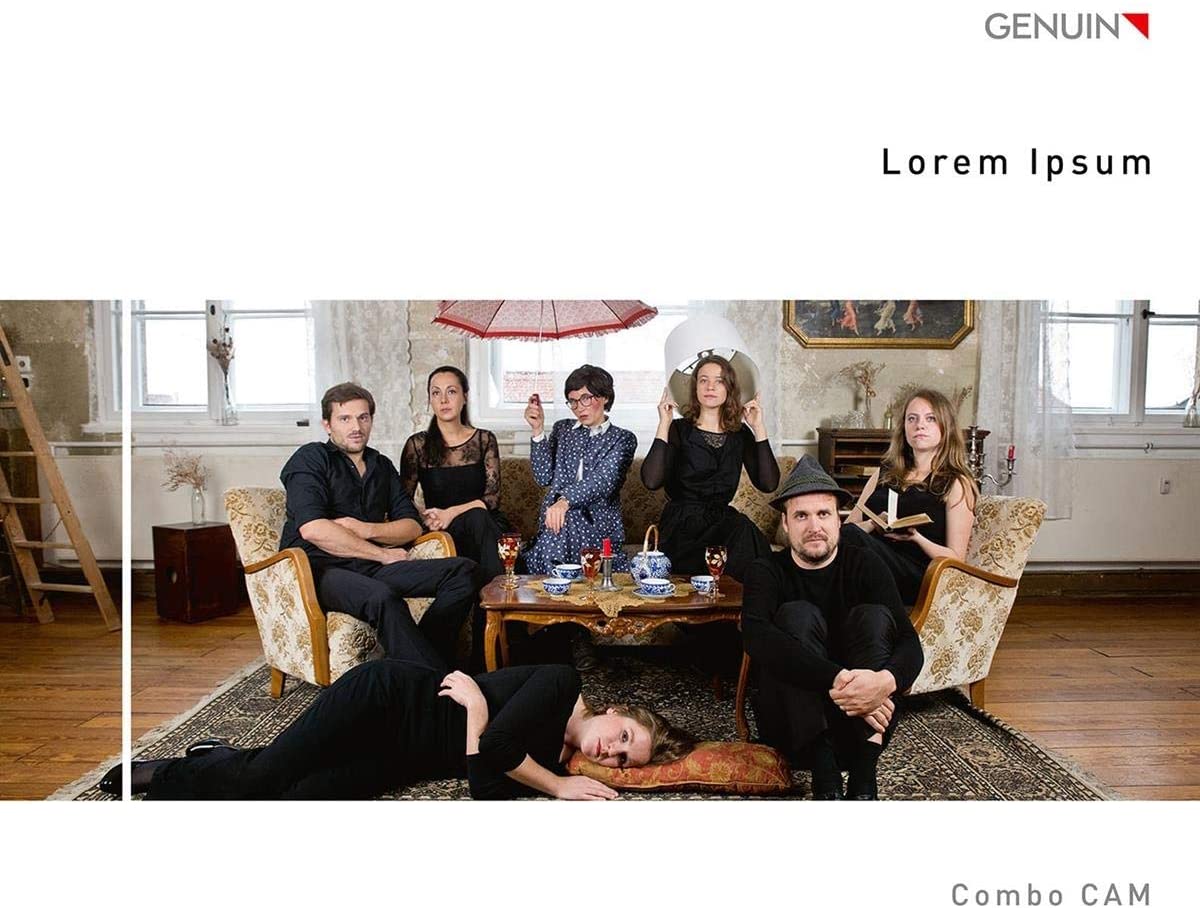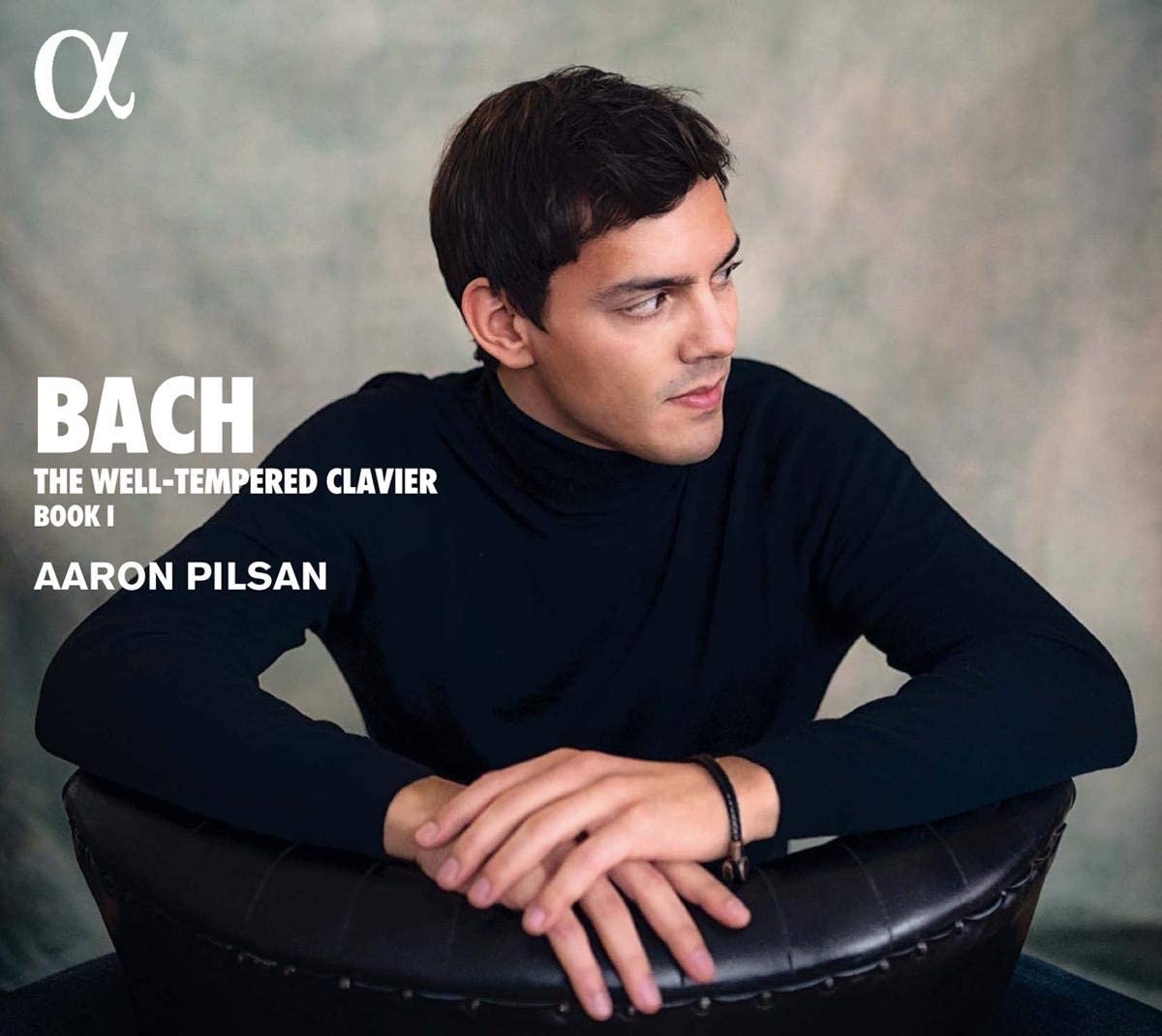Arparla (Davide Monti violin, Maria Christina Cleary double harp, Alberto Rasi gamba, violone, Rogério Gonçalves dulcian)
79:25
Stradivarius STR 37166
Click HERE to buy this recording on amazon.co.uk
[This is your only way to keep this site ad-free and accessible!]
This delightful programme, thought up and researched during lockdown, juxtaposes sonatas for solo violin and continuo by Marco Uccellini with toccatas and correnti by Michelangelo Rossi, scored for organ and harpsichord but played here on arpa doppia by Maria Christina Cleary. The harp also combines forces with a viola da gamba/violone and occasionally a dulcian to provide the continuo for the Uccellini, and proves a wonderfully effective member of the continuo team. The first seven of the 14 sonatas for violin and continuo of Marco Uccellini’s opus 4 have character names which determines their nature. While Uccellini arrived in Modena in 1630 and stayed for the rest of his life, Rossi is only known to have made a flying visit in 1638, and it is not even known whether the two met, although it seems unlikely that two such renowned violin vituosi would not have sought one another out. The arpa doppia, with its enhanced ability to play the full gamut, comes into its own in Rossi’s daring Toccata settima, with its chains of chromatic scales. This imaginative music from the first half of the 17th century is beautifully and very musically played by the musicians of Arparla, and it comes as a revelation how versatile a consort member the harp can be as well as how pleasing a solo instrument. This project is an encouraging example of how the enforced inactivity of lockdown can bear rich fruit.
D. James Ross
